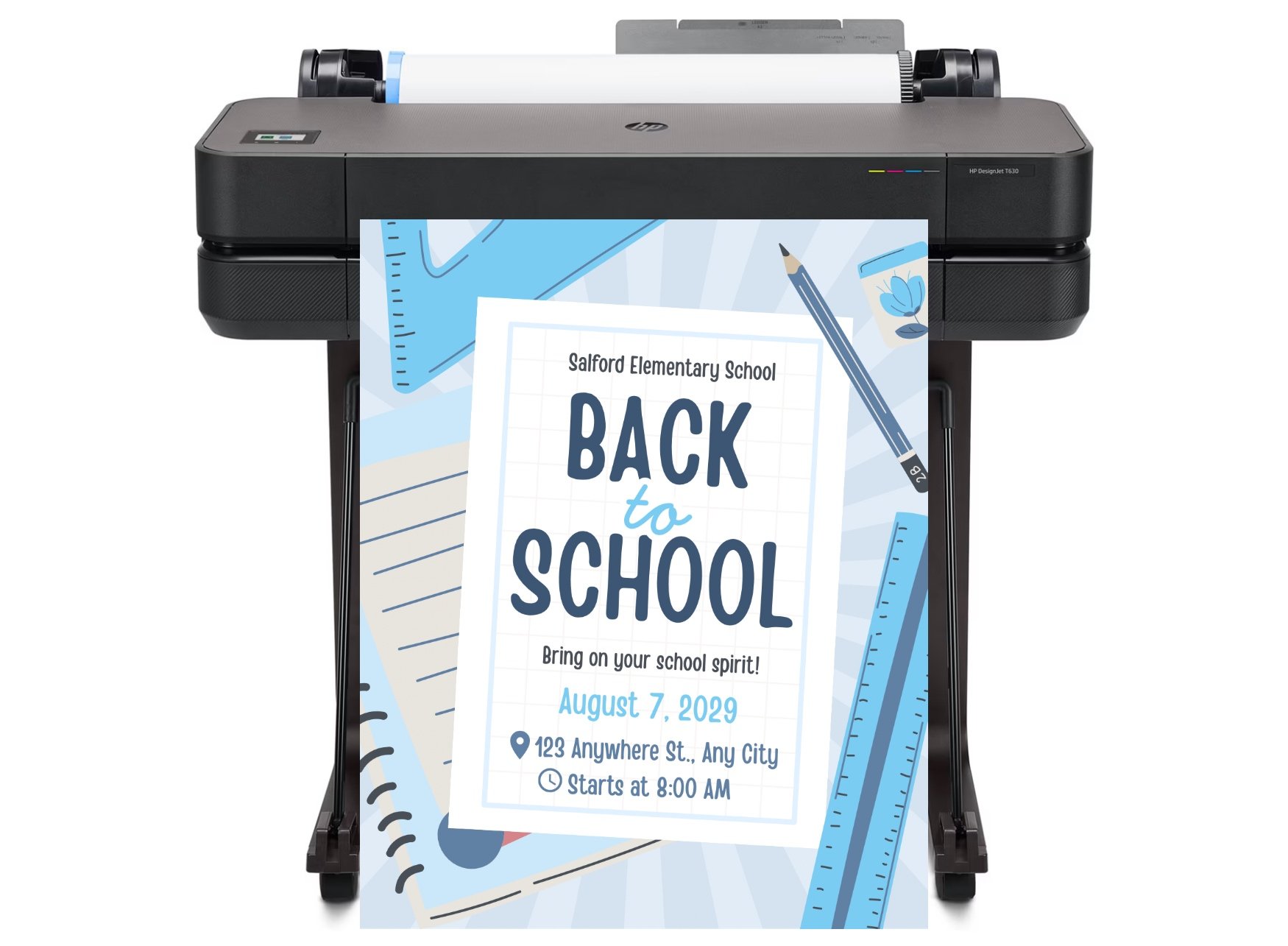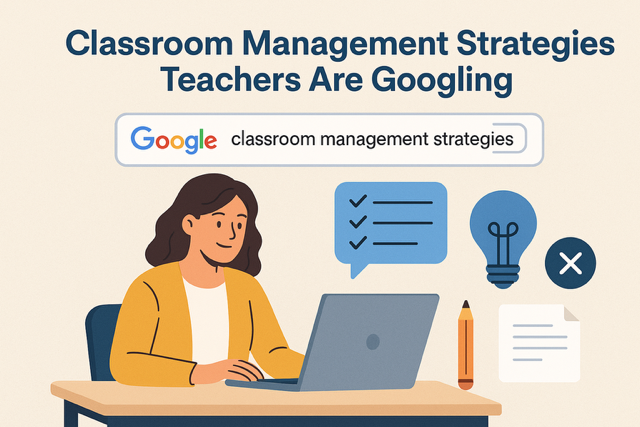
DISCOUNTED EDUCATION PRICING! CALL 1-877-891-8411. We Gladly Accept School Purchase Orders!

In the fast-paced world of education in 2025, teachers are constantly turning to Google for quick, effective solutions to one of the biggest challenges in the profession: classroom management. Whether you’re a new teacher feeling overwhelmed by disruptive behaviors or a seasoned educator looking to refresh your approach amid evolving student needs, searches like “top classroom management tips” and “strategies for disruptive students” are skyrocketing. But here’s the good news: with the right strategies, you can create a positive, engaging learning environment that boosts student achievement and reduces stress.
This guide dives deep into the most-searched classroom management strategies, drawing from expert insights, teacher experiences, and proven techniques. We’ll cover practical tips, real-world examples, and even a Q&A section to address your burning questions. By the end, you’ll have actionable tools to make your classroom a place where learning thrives. Let’s get started!
Classroom management isn’t just about keeping order—it’s about fostering a space where students feel safe, respected, and motivated. In 2025, with hybrid learning models, diverse student needs, and post-pandemic behavioral shifts, effective management directly impacts academic outcomes. Teachers who master this skill report higher job satisfaction and better retention rates.
Imagine walking into your classroom where students are eager to learn, transitions are seamless, and minor issues are handled proactively. That’s the goal. But how do you get there? Start with these top strategies that teachers are Googling right now.
Based on popular searches and educator forums, here are the most effective strategies. Each one includes step-by-step implementation and why it works. Here are some classroom management strategies:
What is the best way to set classroom rules? Start by involving students in creating them to build buy-in. On the first day, hold a discussion: “What makes a great learning space?” List 5-7 simple rules like “Respect others’ ideas” and “Be prepared.” Display them prominently and review weekly.
This strategy works because consistency reduces confusion. Example: In a middle school class, one teacher used visual cues like posters, cutting disruptions by 30%.
How do relationships improve classroom management? When students feel valued, they’re less likely to act out. Spend the first few minutes of class chatting casually—ask about their weekends or interests. Schedule one-on-one check-ins for struggling students.
Real value: A high school teacher reported that simple greetings reduced tardiness and built trust, leading to fewer behavioral referrals. In 2025, with mental health challenges on the rise, this fosters a supportive community.
What is positive reinforcement in classroom management? Reward good behavior with praise, stickers, or class points instead of focusing on negatives. For instance, “I love how Group A transitioned quietly—extra recess time!”
This shifts focus from fear to motivation. Tip: Use apps like ClassDojo for tracking—teachers love how it gamifies good habits.
How to handle classroom transitions effectively? Practice routines like “1-2-3 eyes on me” for attention or timed clean-ups. Time them to make it fun.
Value add: Minimizes downtime, which often leads to chaos. Elementary teachers using call-and-response chants report saving 10-15 minutes per day.
Best tech tools for classroom management? Google Classroom tops the list for organizing assignments and tracking progress. Use Nearpod for interactive lessons that keep students engaged. Classroom management strategies give guidelines to help manage an effective classroom.
In 2025, with AI tools like Gemini in Classroom, teachers can personalize learning and monitor real-time. Pro tip: Set clear tech rules to avoid distractions—success stories include reduced off-task behavior by 25%.
How to deal with disruptive students? Pull them aside quietly: “I noticed you’re off-task—what’s going on?” Avoid public shaming.
This preserves dignity and builds rapport. Veteran teachers emphasize reflection: Have students journal about their actions for self-awareness.
Why differentiate for management? Bored or overwhelmed students disrupt more. Offer choices: Audiobooks for readers, hands-on activities for kinesthetic learners.
Example: Differentiated lessons improved engagement in diverse classrooms, cutting behavioral issues.
How to encourage positive peer interactions? Group projects with roles promote teamwork. Use “buddy systems” for accountability.
Teachers find this reduces hierarchies and boosts connectedness. Fun twist: Class-wide rewards for collective good behavior.
Best way to improve management skills? Journal weekly: What worked? What didn’t? Seek feedback from colleagues or students.
Ongoing professional development, like online courses, keeps strategies fresh. In 2025, improvement science helps tailor approaches, leading to better outcomes.
How does teacher well-being affect management? Stressed teachers escalate issues. Take breaks, practice mindfulness, and model calm responses.
Remember: Tomorrow is a new day—reset and start fresh.
To make this interesting, let’s hear from real educators. A high school teacher shared: “Standing at the door greeting kids changed everything—it’s about connection.” Another, using fun elements like timers, turned clean-up into a game, echoing Mary Poppins’ “element of fun.” These anecdotes show strategies aren’t theoretical—they work in chaotic, real classrooms.
Here’s a FAQ-style section based on common searches
Q: What is the most effective classroom management strategy for new teachers?
A: Building relationships and setting clear expectations early. It creates trust and prevents issues.
Q: How can I manage disruptive behavior without yelling?
A: Use non-verbal cues like “the teacher face” or private chats. Ignore minor attention-seeking and reinforce positives.
Q: Are there free tools for classroom management in 2025?
A: Yes! Google Classroom for organization and Prodigy for gamified learning.
Q: How do I handle tech distractions in class?
A: Set rules upfront and integrate tech purposefully, like in interactive lessons.
Q: What’s a quick win for elementary classroom management?
A: Call-and-response chants for attention—fun and effective.
Q: How to adapt strategies for high school students?
A: Incorporate student voice and real-world connections for relevance.
Q: Can classroom management reduce teacher burnout?
A: Absolutely—proactive strategies free up time and energy.
Q: What if a strategy isn’t working?
A: Reflect, adapt, and try alternatives like peer feedback.
Mastering classroom management in 2025 is no longer about rigid rules or one-size-fits-all systems—it’s about striking the right balance between structure and empathy, routines and creativity, consistency and flexibility. Today’s most effective teachers understand that classroom management is as much about building trust and relationships as it is about setting clear expectations. By implementing these top-searched strategies, you’ll not only earn deeper respect from your students but also cultivate a classroom culture where curiosity, collaboration, and engagement thrive.
The key is to start small and stay consistent. Pick one new strategy to test out this week—whether it’s a fresh approach to transitions, a new reward system, or a restorative practice technique—and build on your success from there. Over time, these small adjustments add up to transformational results.
And remember: great teachers aren’t born, they’re shaped through reflection, practice, and persistence. If you’re ready to take your growth further, explore professional development workshops, connect with mentor teachers, or join vibrant online educator communities where ideas and resources are shared daily. Teachers deserve self-care and the challenges you face in the classroom is an opportunity to refine your craft.